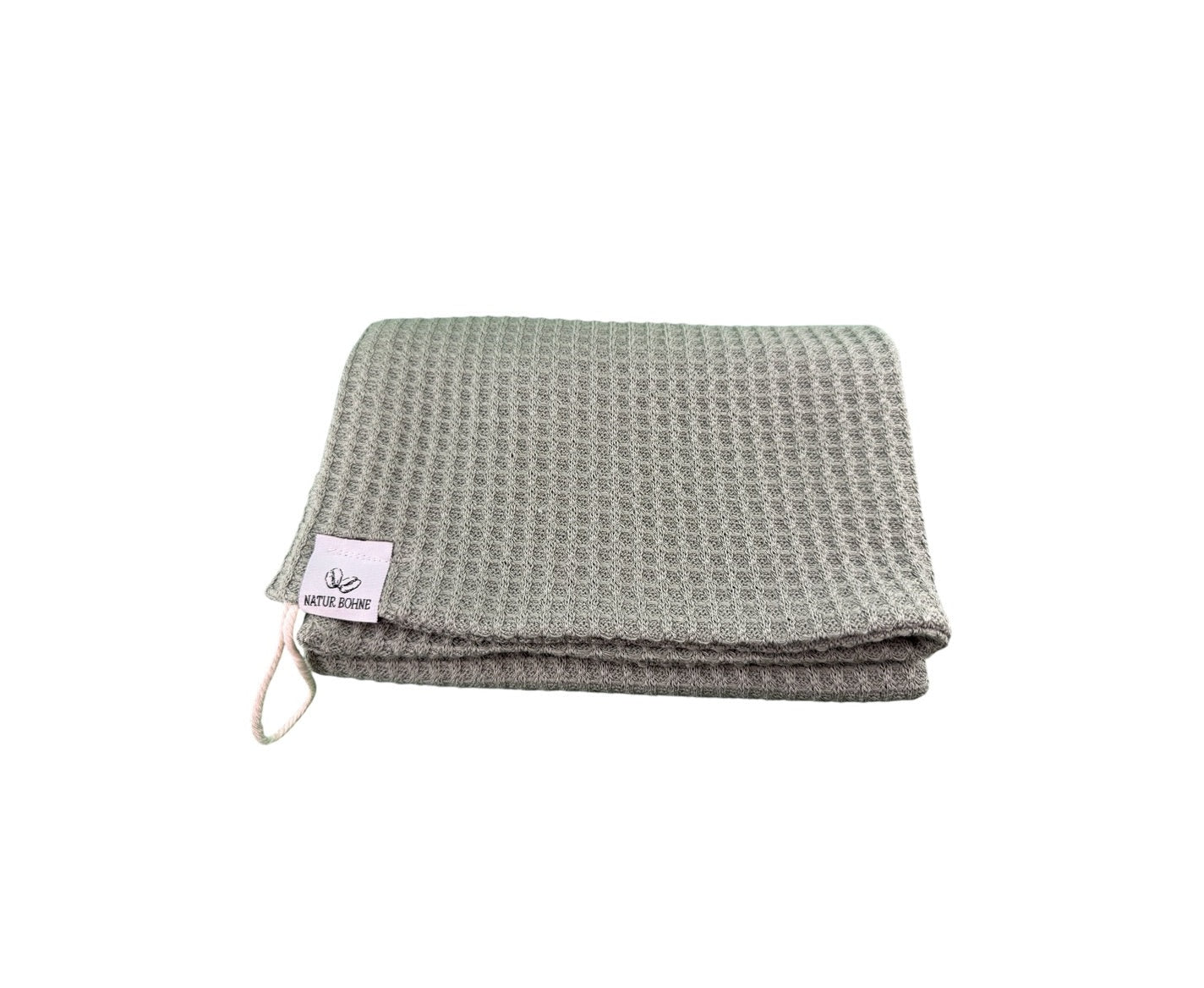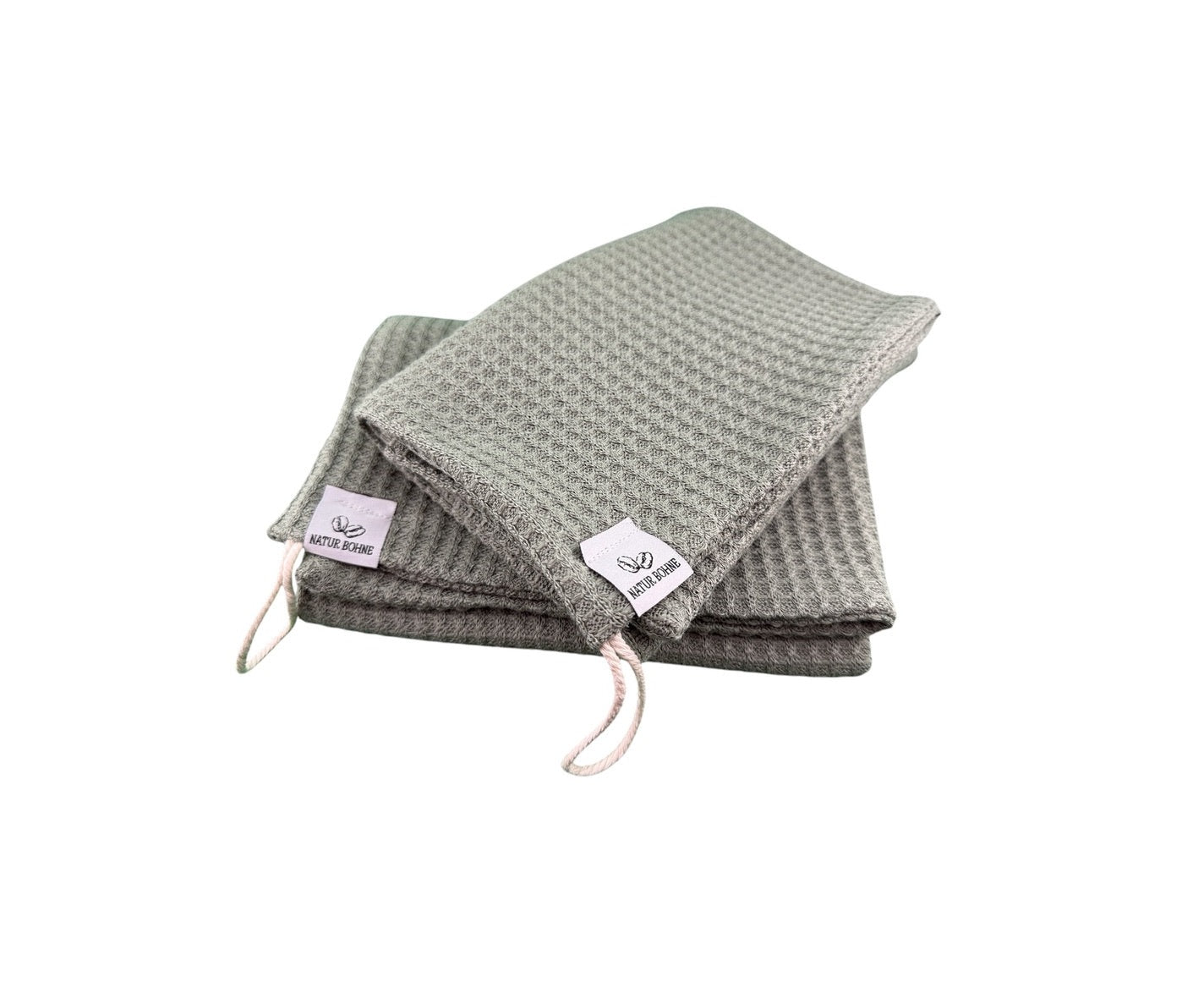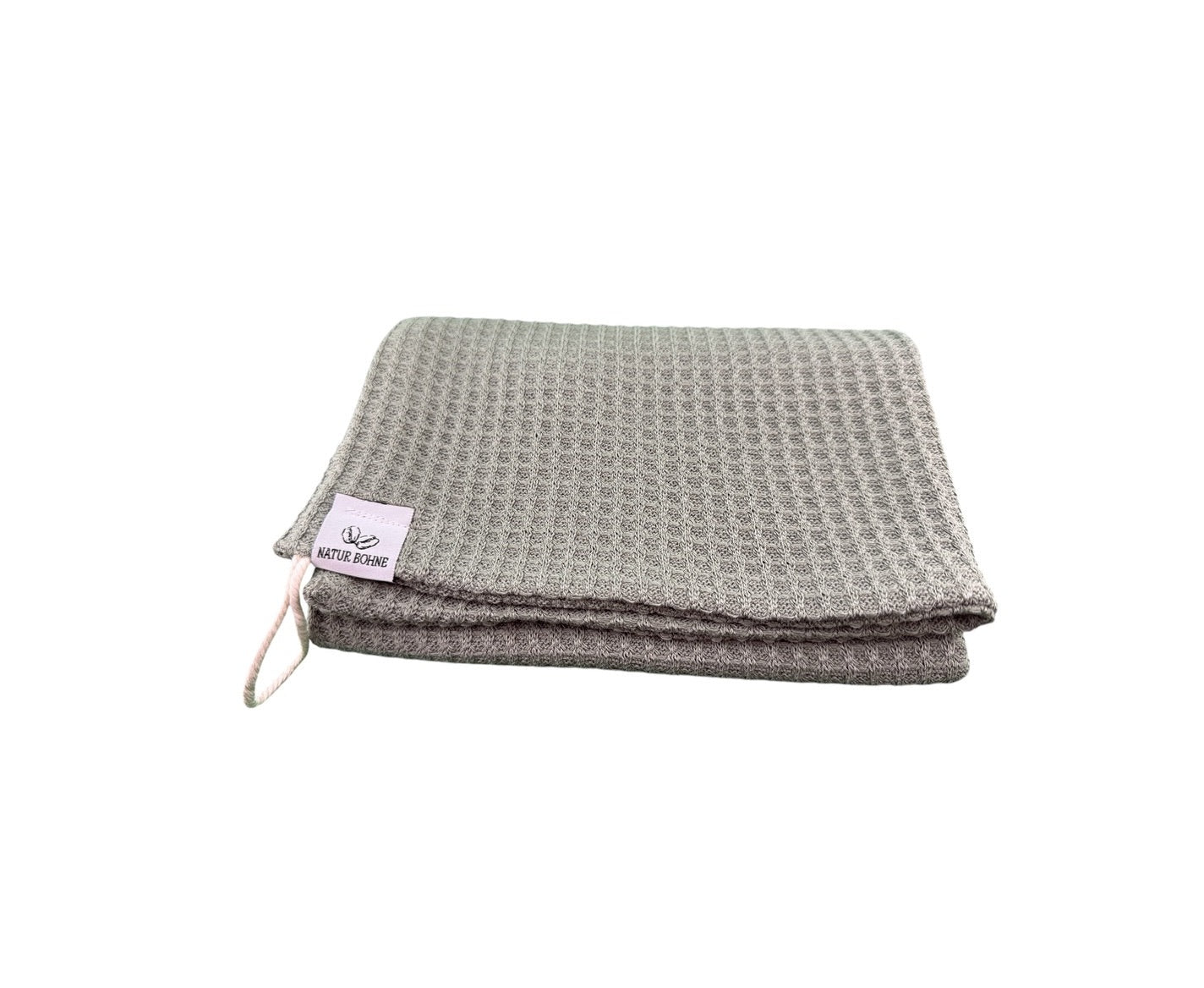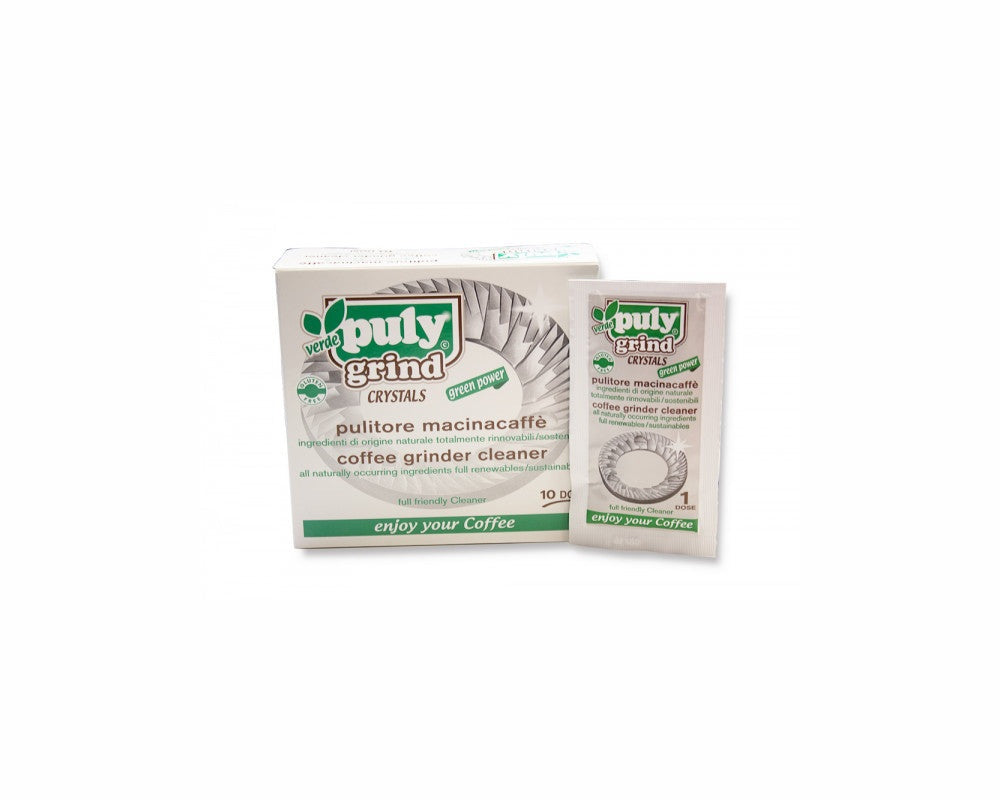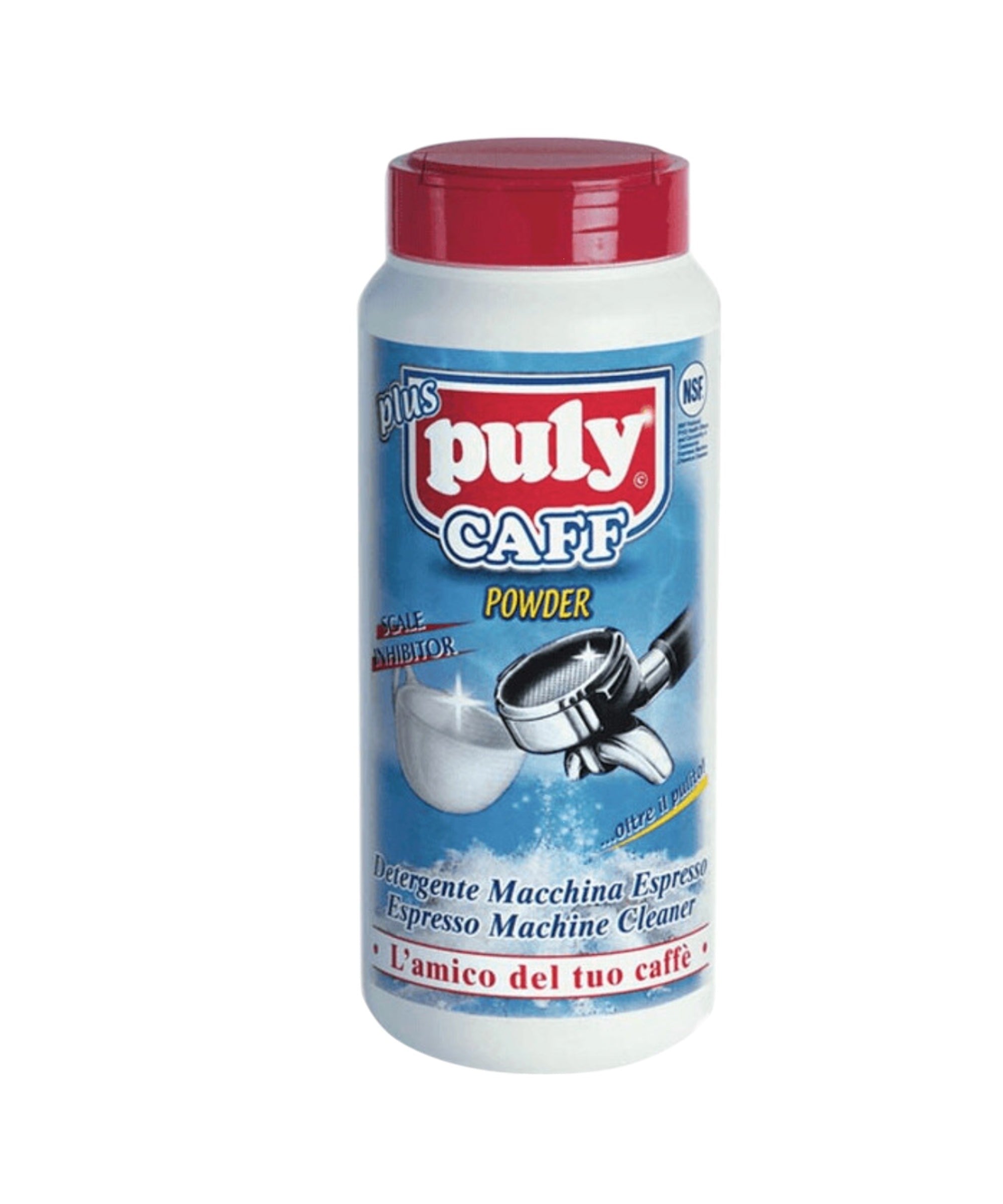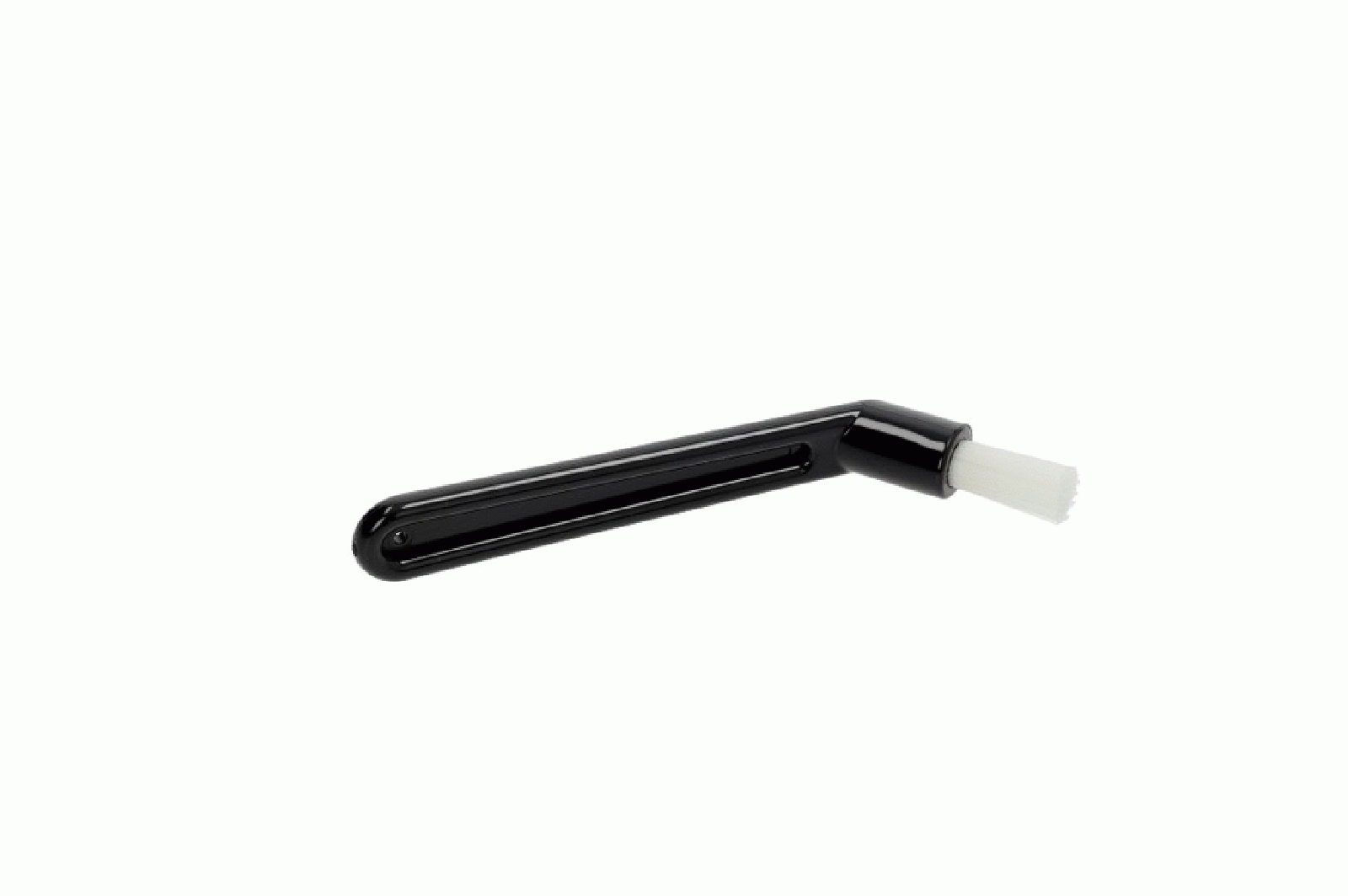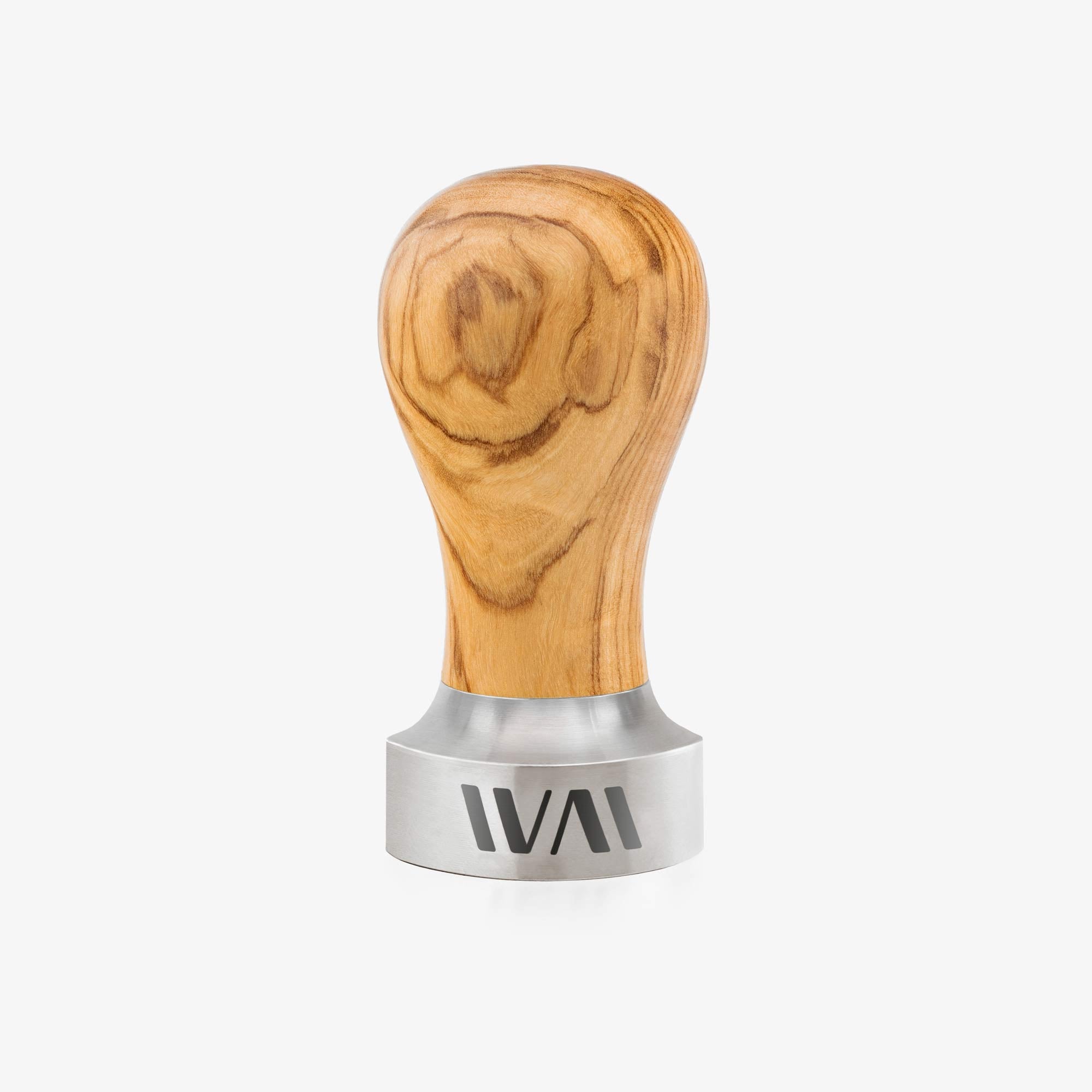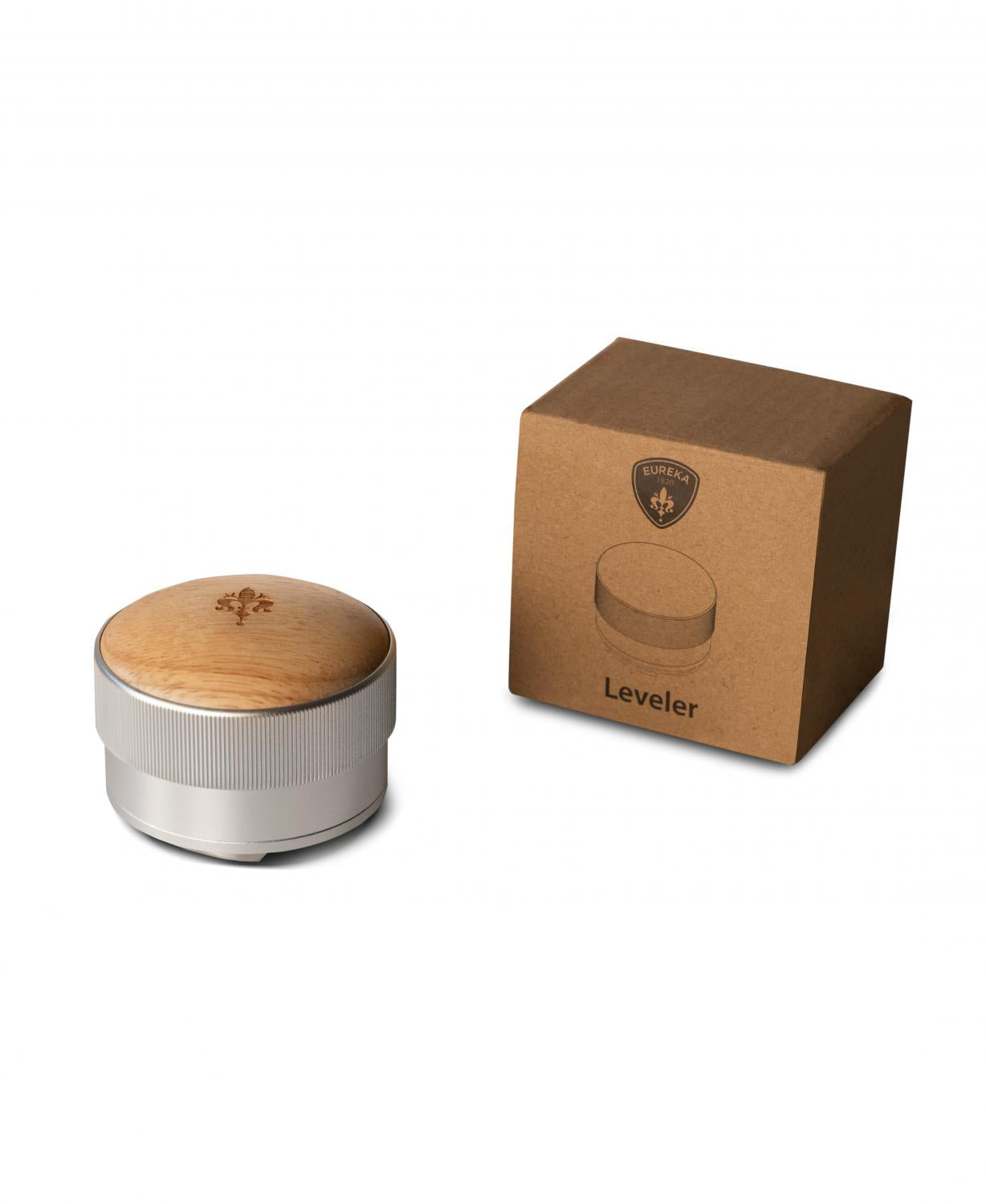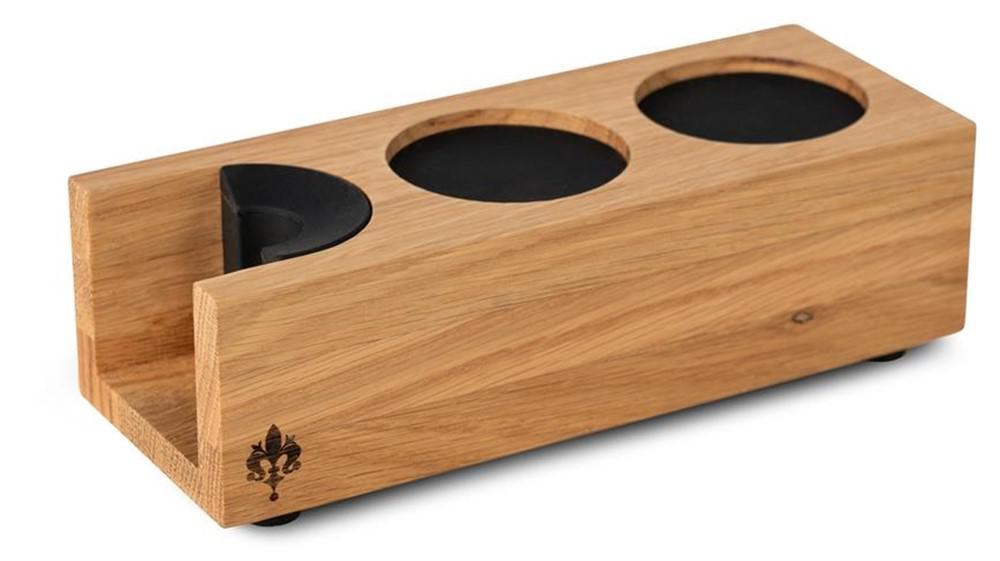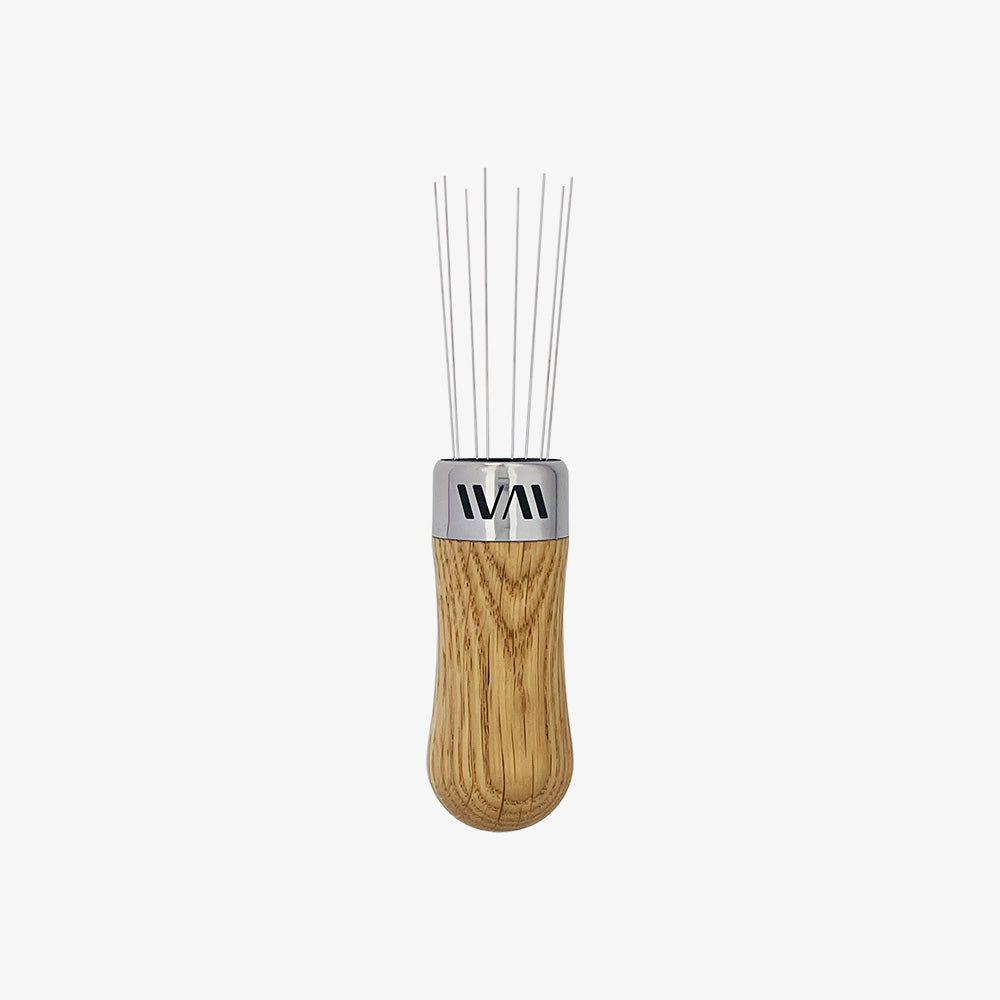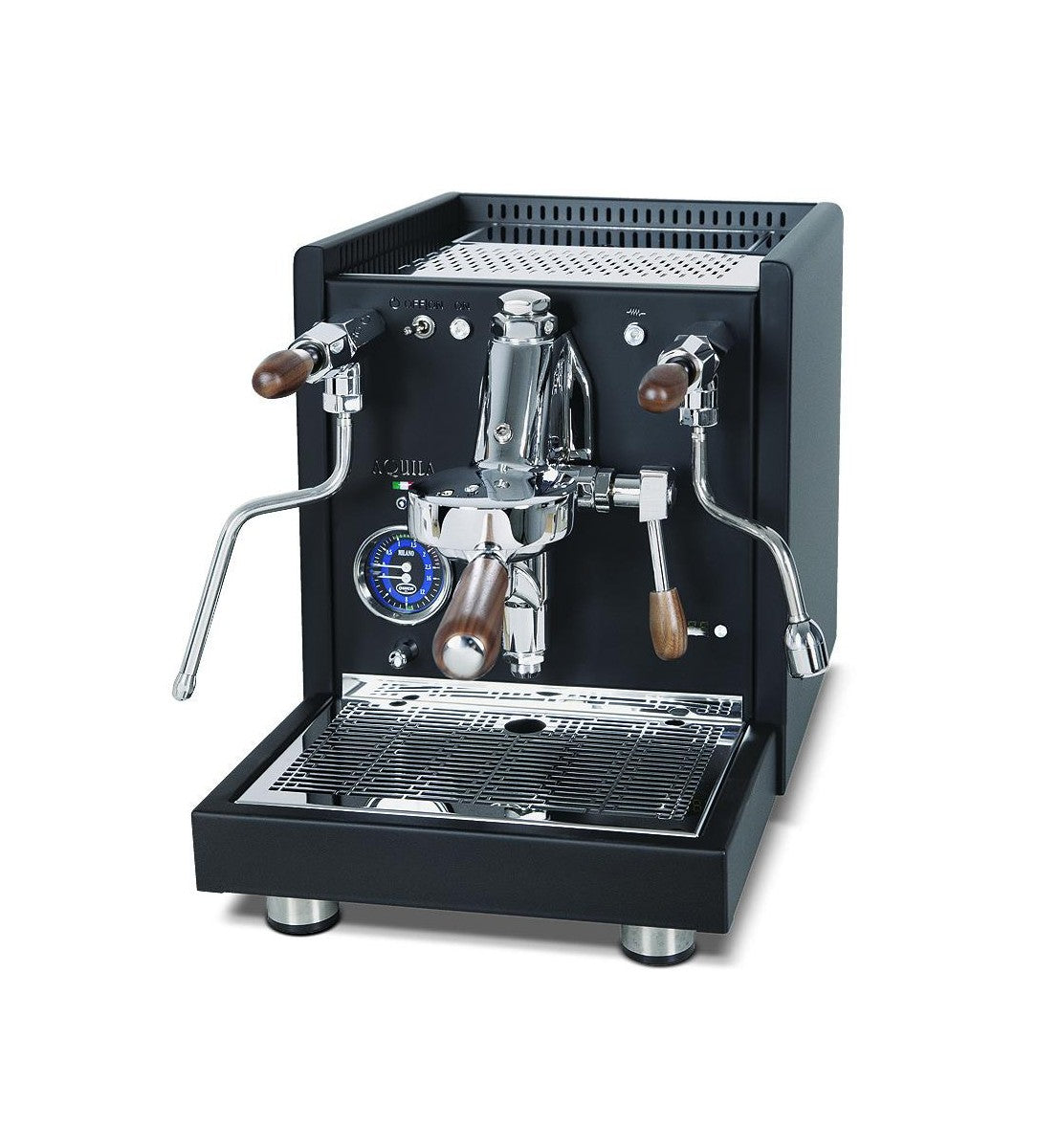
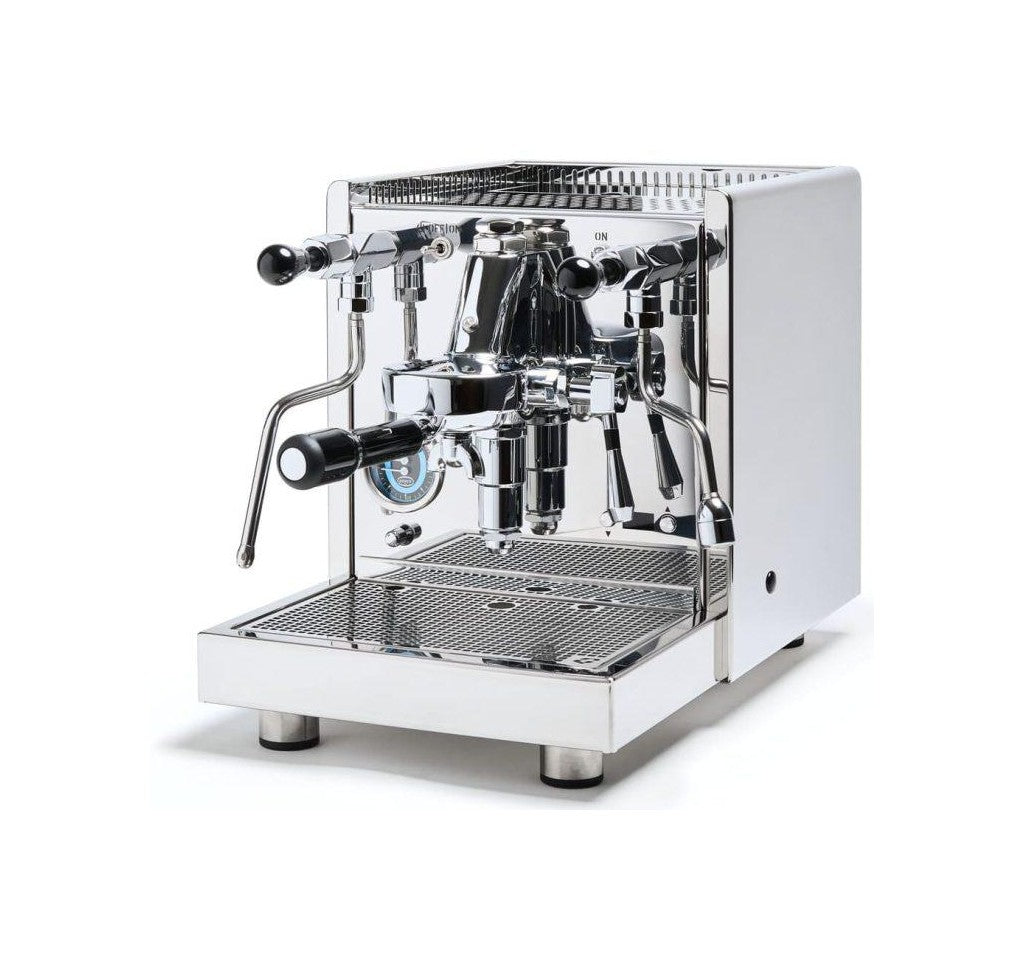
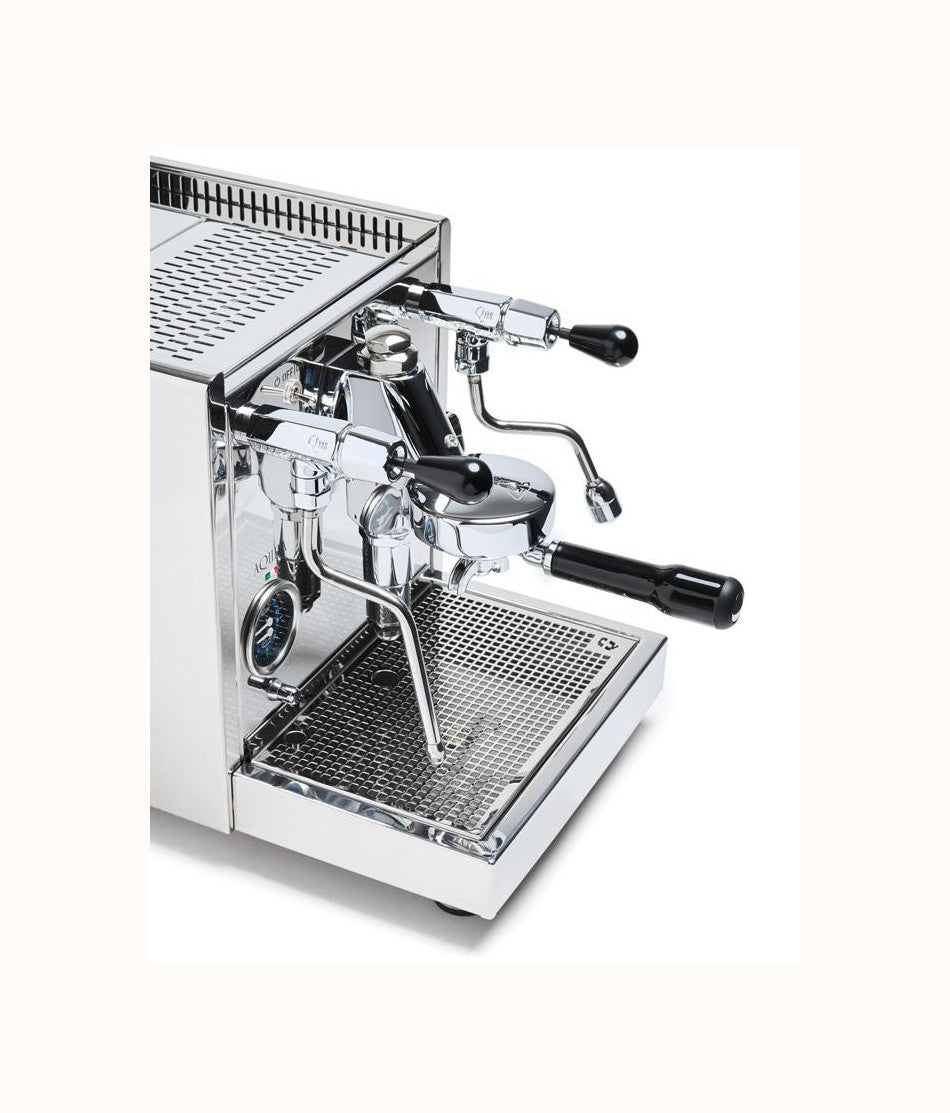
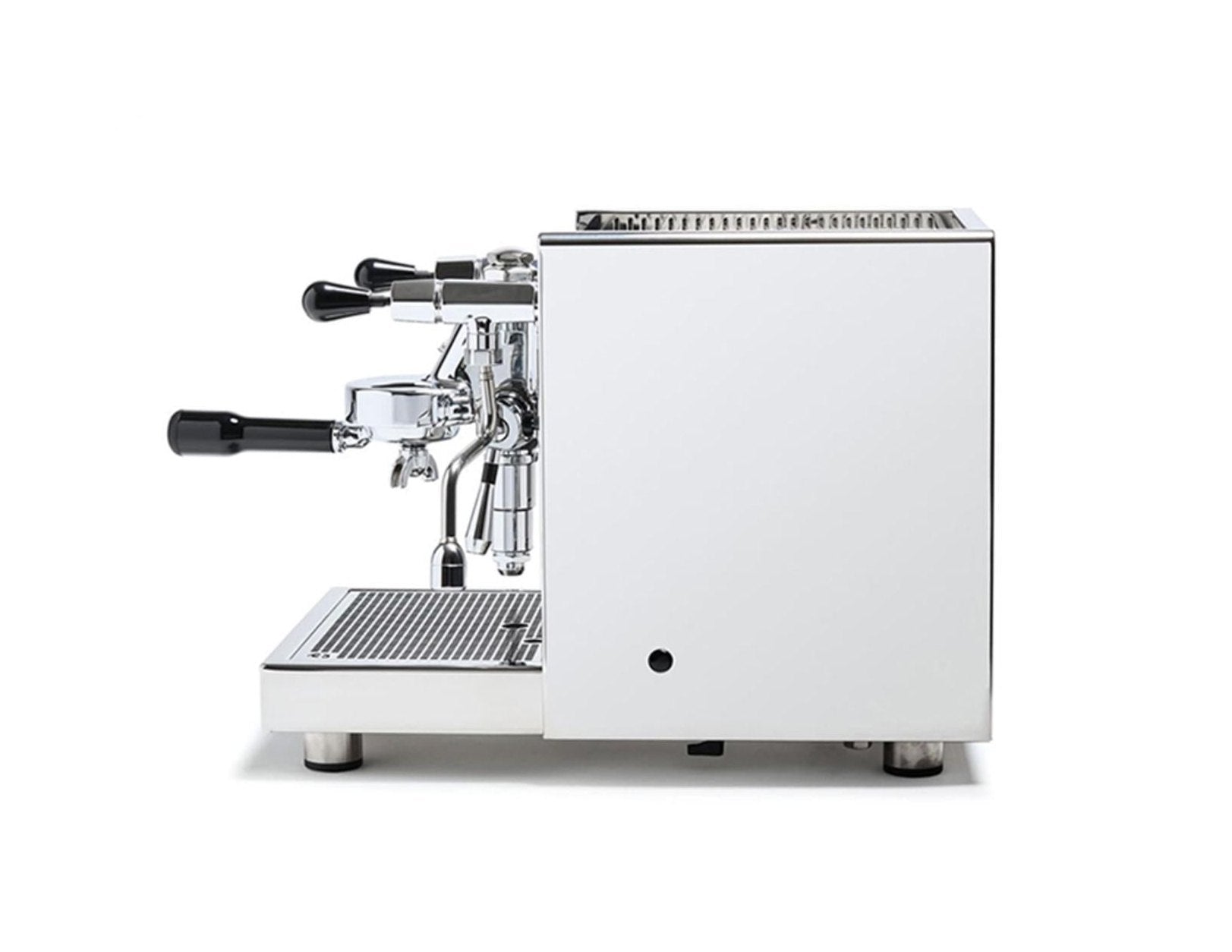
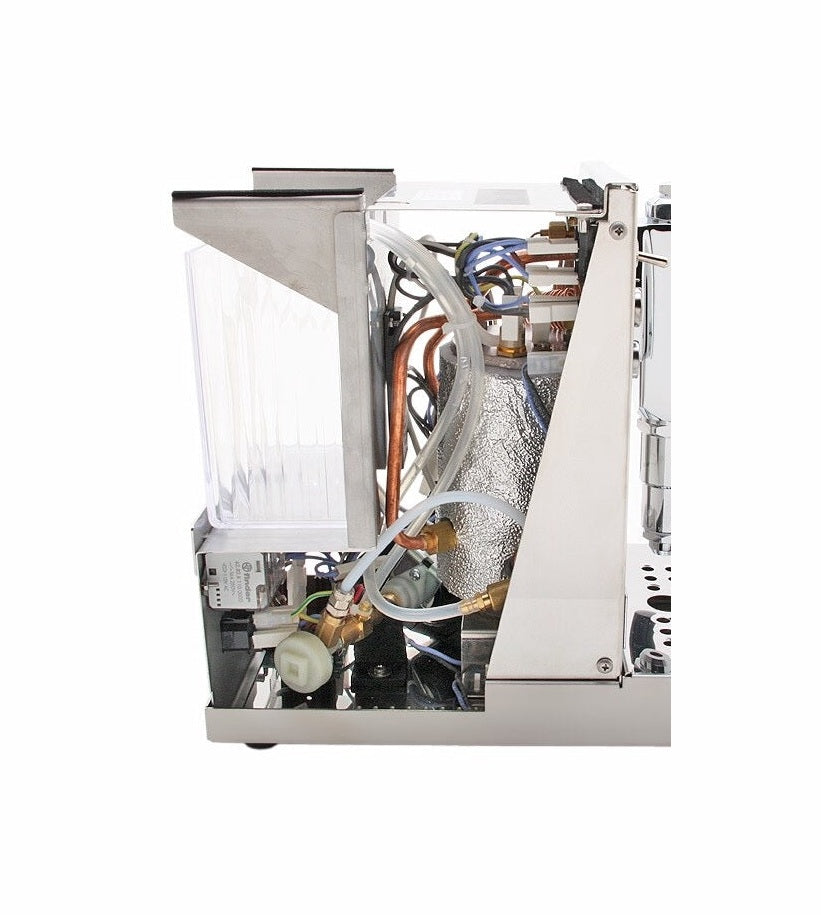
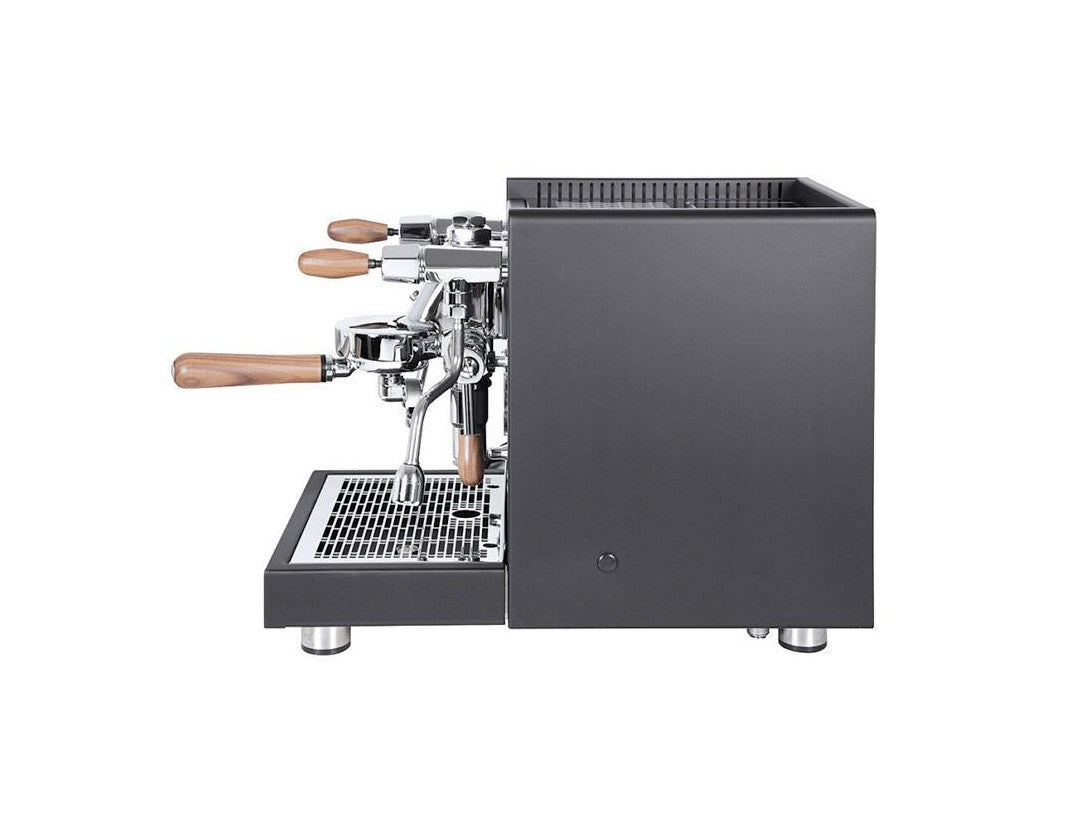
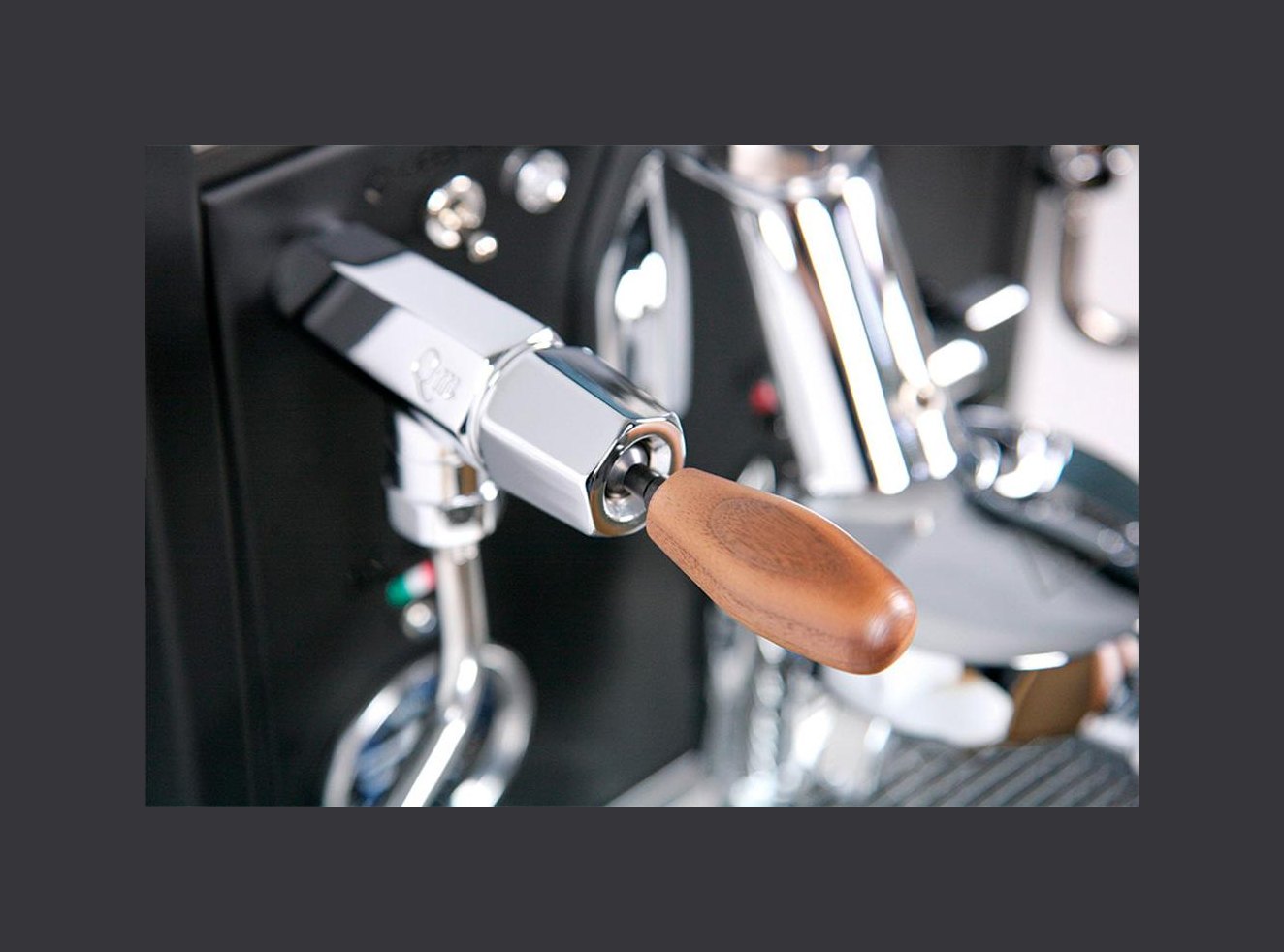
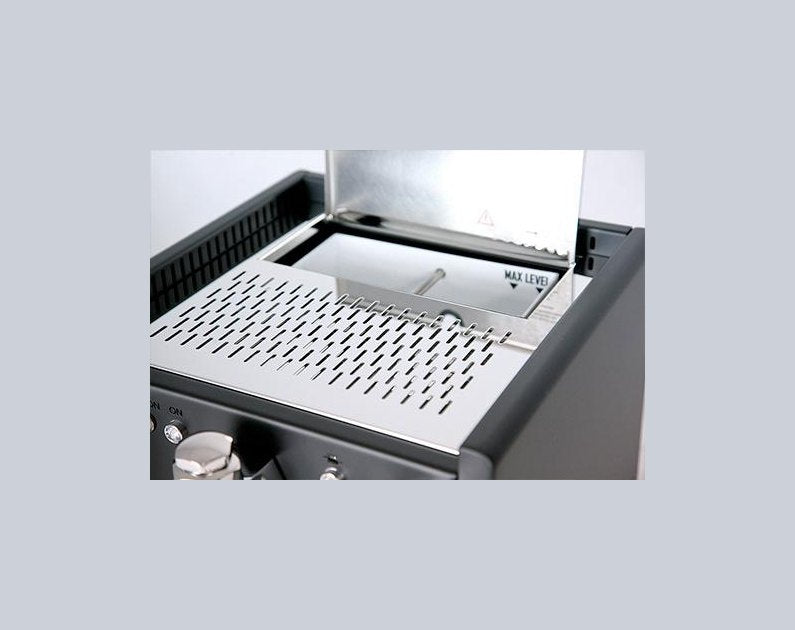
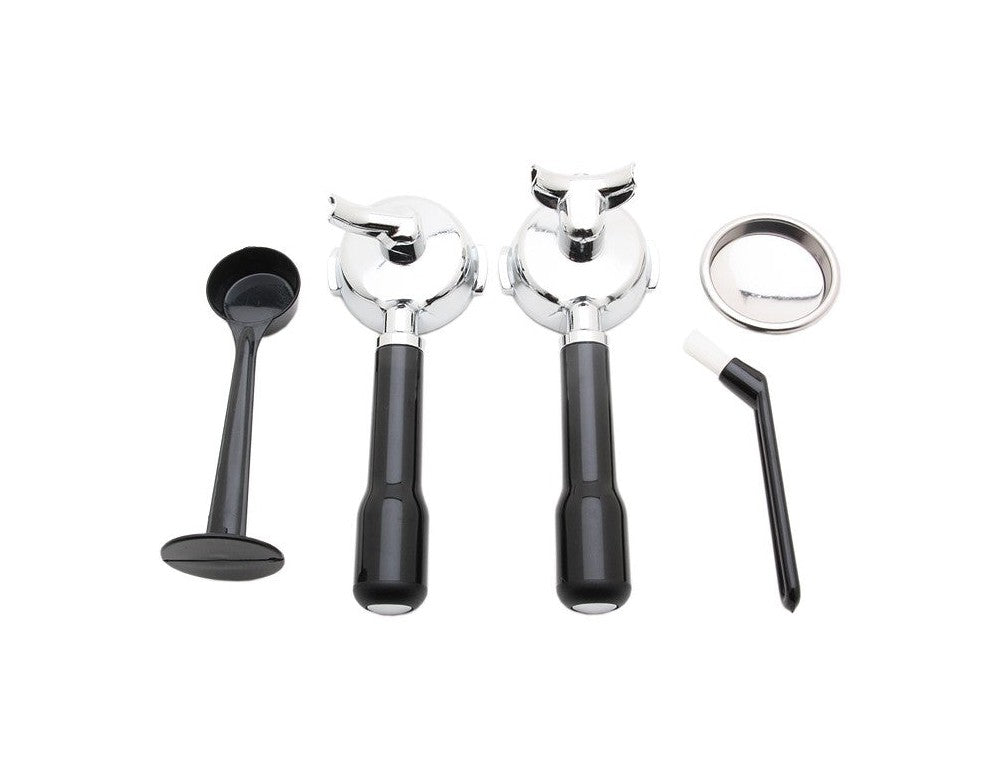
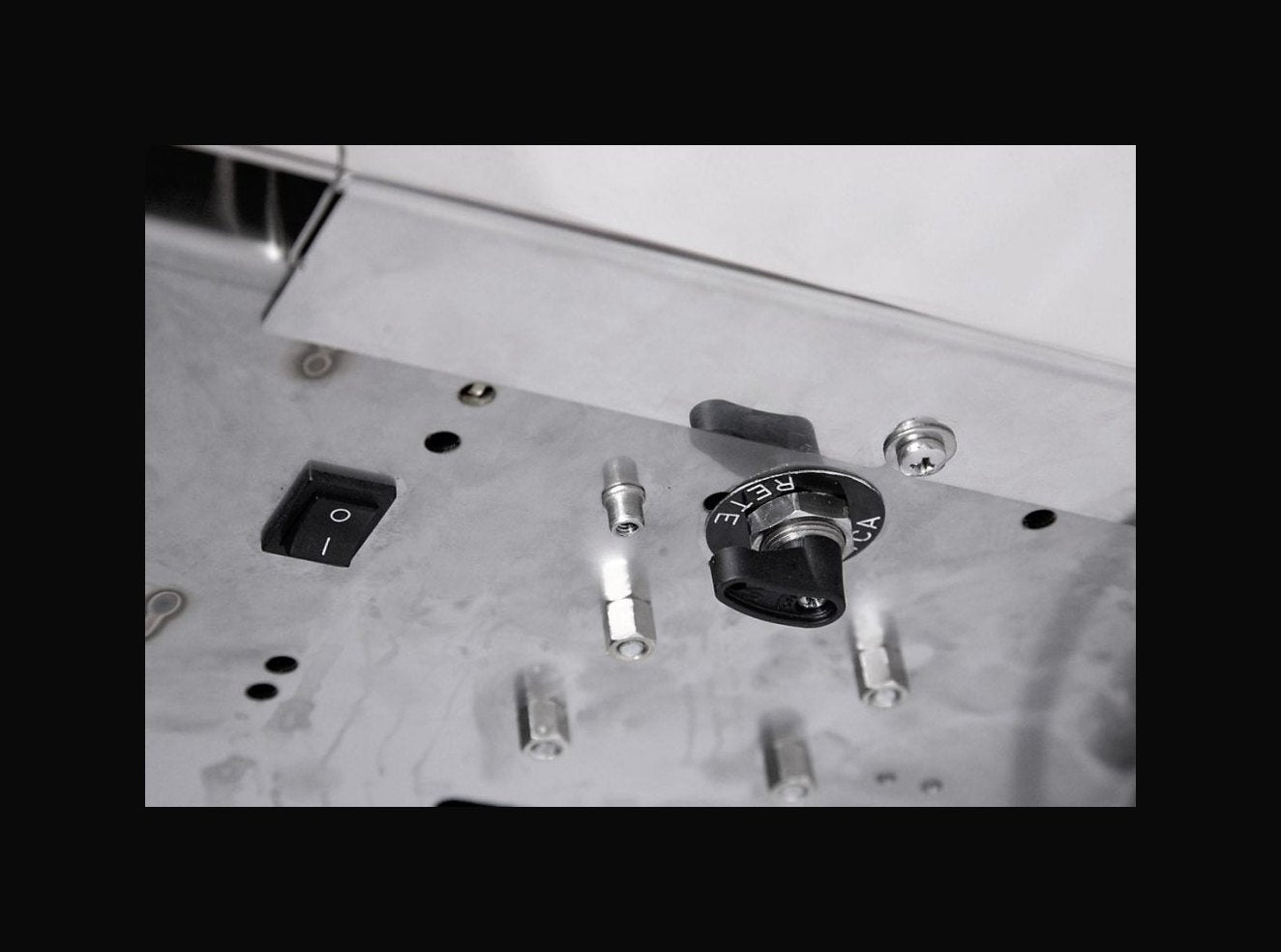
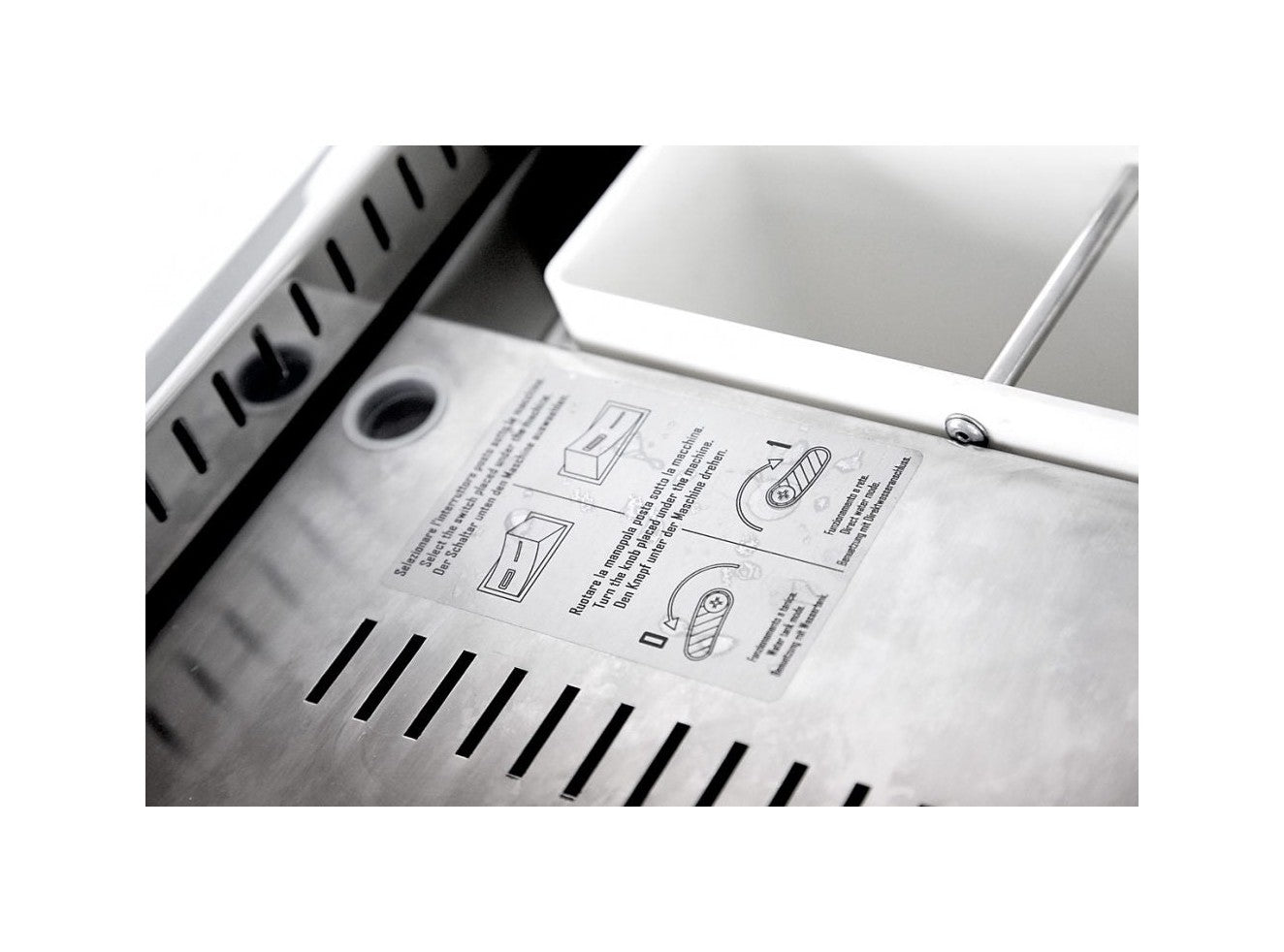
Quick Mill New Aquila 0986 portafilter espresso machine
Finanzieren ab 88,11 € / Monat* mit
Incl. IVA
🚚 Shipping within EU: 99 €
EU shipping costs, see shipping policy.
🚙 📱 Please provide your phone number for delivery coordination.
Passt wunderbar dazu

Quick Mill New Aquila 0986 portafilter espresso machine
Quickmill New Aquila 0986 PID – Perfection in every cup
Experience espresso enjoyment at the highest level with the Quickmill New Aquila 0986 PID , the further development of the popular Aquila 0985. With more compact dimensions and elegant walnut handles, this machine sets new standards in design and functionality.
Highlights at a glance:
- PID temperature control: Precise control of the brewing temperature directly on the discreet front panel.
- Cold-touch pipes: No risk of burns after steam extraction.
- Quiet rotary pump: Extremely quiet operation with the option of a permanent water connection.
- Elegant walnut handles: high-quality appearance and pleasant feel.
- Compact copper boiler: 1.8 liter capacity, insulated for efficient heat storage.
- Double pressure gauge: Precise control of boiler and brewing pressure.
Unique quality and ease of use
The Quickmill Aquila 0986 PID combines Italian craftsmanship with state-of-the-art technology. The integrated Faema E61 brewing unit ensures perfect extraction and unparalleled flavor. The generous 3-liter water tank allows for long periods of enjoyment, while the optional permanent water connection offers maximum convenience.
Thanks to the PID system, the brewing temperature can be precisely adjusted and remains constant – ideal for discerning espresso lovers.
Technical details at a glance
| Machine type: | Dual-circuit portafilter machine |
|---|---|
| Brewing group: | Faema E61, thermosiphon |
| Pump: | Quiet rotary pump (mains water & tank) |
| Boiler volume: | 1.8 liters (insulated) |
| PID control: | Yes, adjustable to the exact degree |
| Material: | stainless steel, walnut handles |
| Dimensions (W/H/D): | 310 x 400 x 440 mm |
| Weight: | approx. 25 kg |
Scope of delivery
- Quickmill New Aquila 0986 PID (stainless steel or black)
- Portafilter with single spout and filter insert
- Portafilter with double spout and sieve insert
- Blind sieve for cleaning
- Brewing group brush
- coffee spoon
Conclusion
The Quickmill New Aquila 0986 PID is ideal for anyone who loves classic espresso enjoyment and is looking for a technically sophisticated, visually appealing machine that turns every coffee into an experience.
Información sobre el fabricante
Naturbohne Barista Towel 40x40
Puly Grind mill cleaner 10x15g
Eureka Tamper Station (double)
Wiedemann WDT distribution tool
Upgrade for your portafilter machine
Matching accessories
If you have any questions, please feel free to contact us at any time. We will get back to you as soon as possible, within 24 hours on weekdays.
-
Shipping info
We ship all products the same day if ordered before 1pm.
-
Soporte
We will also be there to support you and advise you after your purchase. If you have any questions about the product you purchased from us, please contact us.
-
Contact
Email: hello@naturbohne.de
Teléfono: 07454 / 870 48 64
Frequently Asked Questions
I bought a new coffee grinder from Naturbohne and there are coffee residues in it.
Please note: Some manufacturers test their coffee grinders before shipping, which means that small coffee residues or bean residues can occasionally be found in the grinder. This procedure is used to test functionality and is considered a quality feature. Of course, we only sell new products - unless expressly stated otherwise.
Static charge – coffee grounds spray out from the side
With some coffee grinders, the ground coffee can become statically charged and spray out of the portafilter at the side. This means that not all of the ground coffee gets into the portafilter, which can lead to uneven extraction. Our recommendation: Use a dosing funnel to ensure that all of the ground coffee is precisely fed into the portafilter - for optimal espresso enjoyment.
What is dead space in coffee grinders?
Conventional coffee grinders often leave a so-called dead space in which coffee residues accumulate. These residues can not only affect the freshness, but also lead to old and fresh coffee grounds being mixed, which negatively affects the taste. In contrast, single dose grinders have a well-thought-out design that eliminates the dead space. Each portion is ground individually and precisely so that no residues are left behind - for a consistently pure and full-bodied coffee experience.
Which portafilter fits my espresso machine?
When choosing the right portafilter for your portafilter machine, it is important to know that each manufacturer develops its own brewing group - the most well-known is the Faema E61. However, this does not mean that any portafilter will fit without any problems. An incompatible portafilter can leak, which will have a direct negative impact on the quality of your espresso. We therefore recommend using either the portafilter originally supplied or one that is explicitly stated to be compatible with your machine. This will ensure that the pressure is optimally built up and the espresso is perfectly extracted.
Can I visit you or pick up the goods personally?
Yes, of course, you are welcome to come by and look at our products by appointment. We would be happy to advise you personally. The best thing to do is to send us an email with a few suggested appointment times.
We are located 5 minutes from the motorway between Stuttgart and Lake Constance on the edge of the Black Forest.
Important note, first use coffee grinders
Another little tip for the perfect start with your new mill:
You will get the best grinding result after you have ground about 1-2 kg of beans. It is best to use a few cheap beans so that the grinder can work optimally. And if you are wondering what you can do with the bean flour - it is perfect plant fertilizer! 🌿
It contains nitrogen, potassium, sulfur and phosphorus and is a real nutrient bomb for your plants.
¿Pueden realizar una calibración de offset en mi máquina de portafiltro?
Existen varios argumentos en contra de una calibración de compensación en las máquinas de portafiltro Lelit, especialmente en modelos como la Lelit Bianca. Estos se refieren principalmente a la complejidad y las limitaciones de la compensación como única solución para problemas de temperatura:
- Fluctuaciones de temperatura e inestabilidad. La compensación considera una diferencia constante entre la temperatura de la caldera y la temperatura de preparación. Sin embargo, en la práctica pueden ocurrir fluctuaciones de temperatura, por ejemplo, debido a tiempos de espera prolongados o preparación continua. Esto hace que la temperatura de preparación real no siempre sea predecible con precisión.
- Dependencia de las condiciones ambientales. Factores como la temperatura ambiente, la humedad y el estado de la máquina (por ejemplo, el tiempo de calentamiento) afectan significativamente la temperatura de preparación. Una compensación fija no puede equilibrar dinámicamente estas variables, lo que puede llevar a resultados inexactos.
- Pérdida de calor durante los tiempos de espera. Después de pausas prolongadas, el grupo de preparación se enfría y la máquina necesita tiempo para volver a la temperatura deseada. Una compensación correctamente ajustada no puede compensar esto, por lo que son necesarias medidas adicionales como un "Cooling Flush".
- Desajustes de fábrica. En algunos modelos de Lelit se ha encontrado que la compensación de fábrica a menudo está configurada de manera inexacta (por ejemplo, de 4 a 8 grados demasiado baja en la Lelit Bianca). Esto requiere una recalibración manual por parte de personal especializado, lo cual puede ser complicado para los usuarios finales.
- Malentendidos en la aplicación. Muchos usuarios están confundidos por la información contradictoria sobre la configuración de la compensación, lo que puede llevar a ajustes incorrectos. Por ejemplo, a menudo se espera que la compensación por sí sola resuelva todos los problemas de temperatura, aunque solo es parte de un sistema más complejo.
Conclusión
La calibración de compensación es una herramienta útil, pero no debe considerarse de forma aislada. Una combinación de control PID preciso, mantenimiento regular y técnicas adaptadas (por ejemplo, "spülshots") es necesaria para lograr resultados óptimos de preparación.
Do you have any more questions?
Contact
If you have any questions about our products, please write to us here or use the chat function.
